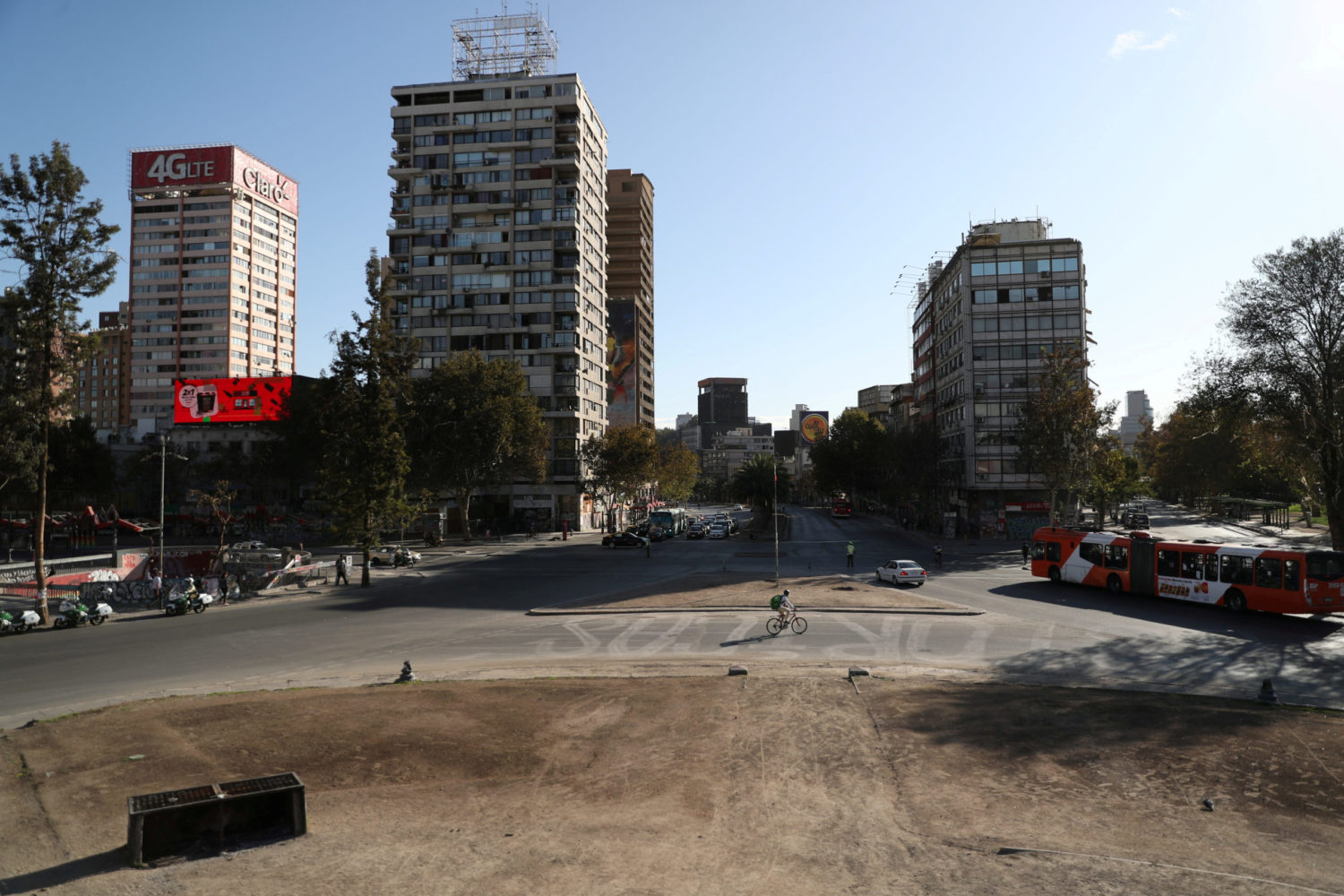
By Susan Heavey and Gabriella Borter
(Reuters) – Total U.S. COVID-19 cases surpassed 18 million on Tuesday as health officials tried to tamper fears about a new, highly transmissible variant of the coronavirus in the United Kingdom.
Reports of the new virus variant in England, which prompted a pre-Christmas lockdown and caused dozens of countries to close their borders to British travelers this week, have spurred talks among government officials of mandatory COVID-19 testing for travelers from the UK and a possible quarantine mandate.
News of the coronavirus mutation comes as the United States deals with a surge in new infections that is overwhelming hospitals in some states. The latest million cases were recorded in just six days, according to a Reuters tally, as U.S. COVID-19 fatalities approach 320,000, the most in the world.
Some U.S. health officials on Tuesday sought to assuage fears about the new virus variation, saying that it should be monitored, but that its discovery should not be cause for despair.
U.S. Health Secretary Alex Azar told Fox News on Tuesday that both the Pfizer/BioNTech and Moderna vaccines, which received U.S. emergency use authorizations this month, should be effective at preventing illness from the recently discovered variant of the virus. He also said it did not seem to have different physical effects on individuals.
Moderna Inc and BioNTech SE, which worked with Pfizer Inc to develop its vaccine, are scrambling to test their shots against the variant, but expressed confidence in them.
“Scientifically it is highly likely that the immune response by this vaccine can also deal with this virus variant,” BioNTech Chief Executive Ugur Sahin told reporters.
More than 600,000 Americans, mostly healthcare workers, had received their first COVID-19 vaccine doses as of Monday, according to the U.S. Centers for Disease Control and Prevention. Some states began vaccinating long-term care facility residents on Monday.
Dr. Anthony Fauci, the nation’s top infectious disease expert who received the Moderna vaccine on camera on Tuesday, said surveillance is necessary to monitor spread of the British variant, but that officials should not overreact.
“Travel bans are really rather draconian things to do,” Fauci told ABC News’ “Good Morning America.”
Along with Fauci, Azar and National Institutes of Health head Dr. Francis Collins rolled up their sleeves for the Moderna shot on live television on Tuesday.
‘EVERYTHING NEEDS TO BE ON THE TABLE’
State and federal officials are strategizing how to prevent the spread of the new virus variant in the United States, considering such measures as screening passengers on flights from England or, at the federal level, mandating quarantine for travelers upon arrival.
The U.S. government is considering requiring all passengers traveling from the UK receive a negative test within 72 hours of departure as a condition of entry, airline and U.S. officials briefed on the matter said on Monday.
Michael Osterholm, a pandemic adviser for Joe Biden, on Tuesday said all options need to be considered to stem the spread of the new variant, and urged the Trump administration to come up with a plan now.
“We really need to develop a national response,” he told CNN. “Everything needs to be on the table.”
He said the U.S. could mandate a 14-day quarantine period for travelers from the UK as an added precaution beyond requiring a negative test result.
With no national plan and state and local governments already overwhelmed, it was unclear who could enact and enforce such quarantines, Osterholm said.
“Nothing will stop this virus from transmitting from country to country. Our job is to slow it down,” he added.
British Airways, Delta Air Lines and Virgin Atlantic said on Monday they will allow only passengers who test negative for the coronavirus to fly to New York’s John F. Kennedy International Airport.
Washington Governor Jay Inslee on Monday ordered travelers arriving from the UK, South Africa or other “countries with circulation of a new, potentially more contagious COVID-19 variation” to quarantine for 14 days after arriving in his state.
“This common-sense measure will protect Washingtonians in our fight against COVID-19,” Inslee said on Twitter.
(Reporting by Susan Heavey, Lisa Lambert, Peter Szekely, Anurag Maan and Gabriella Borter; Writing by Gabriella Borter; Editing by Bill Berkrot)











